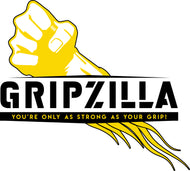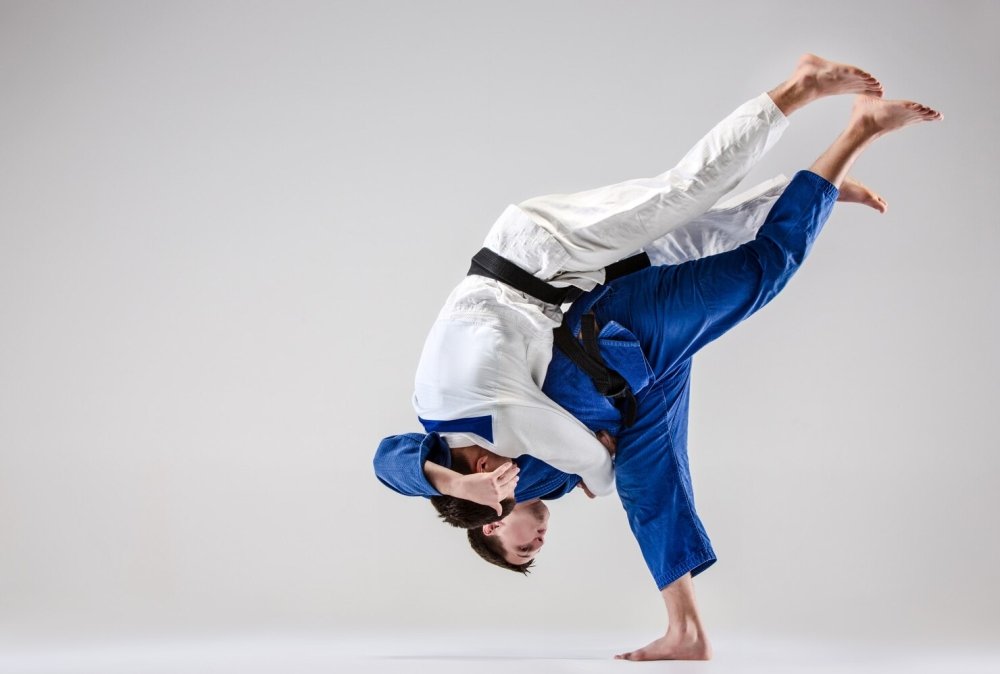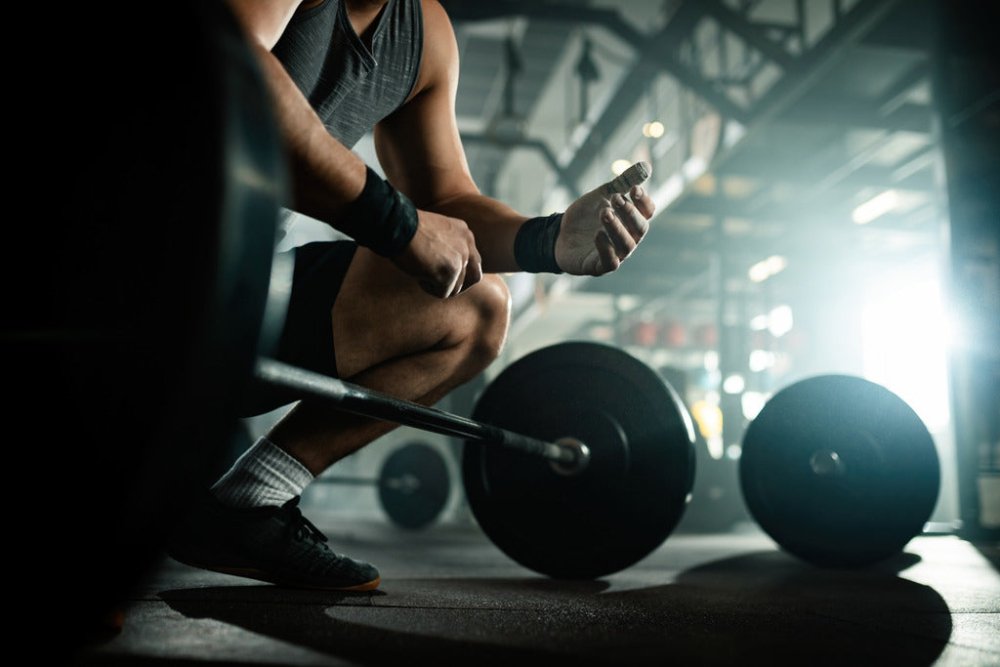Have you ever wondered what it takes to become a true powerhouse in the gym?
Do you dream of hoisting massive weights overhead while the crowd cheers your name?
Well, you're in luck because today, we're going to talk about the best powerlifting tips and tricks that will take your strength game to the next level.
If you're a pro lifter looking to crush new PRs or a newbie eager to become the best in the business, buckle up because things are about to get really spicy here.
Powerlifting Tips & Strategies For Beginners (& Pros)
Here’s your no-nonsense guide to powerlifting:
1. Focus On Compound Lifts

Compound lifts such as squats, deadlifts, and bench presses should form the foundation of your powerlifting routine.
These exercises simultaneously engage multiple muscle groups, allowing you to lift heavier weights and stimulate greater muscle growth and strength.
By prioritizing compound lifts, you maximize your gym efficiency and target the key muscle groups essential for powerlifting success.
2. Use Straps Correctly
Lifting straps can be valuable tools for enhancing your grip strength and allowing you to handle heavier weights.
However, using them correctly is crucial to avoid dependency and maintain proper grip strength development.
Reserve the use of straps for heavier sets or exercises where grip strength is less critical, such as assistance exercises or high-rep sets.
Avoid relying on straps for every lift, as this can hinder your grip strength progress in the long run.
3. Prioritize Grip Strength

Grip strength is often overlooked but is a crucial powerlifting tip for beginners to succeed.
Weak grip strength can limit the amount of weight you can lift and increase the risk of injury as you struggle to maintain control of the barbell.
Thankfully, we have plenty of grip-strengthening tools, such as hand grippers, tornado, dynamo, and many more, that you can incorporate into your routine to build the ironclad grip strength needed to crush your powerlifting goals.
Incorporate these tools strategically alongside your regular training to develop a vice-like grip that will help you lift heavier and with greater confidence.
4. Never Underestimate Liquid Chalk

Liquid chalk is a popular accessory among powerlifters for improving grip strength and reducing sweat during lifts.
Unlike traditional chalk, liquid chalk is less messy and provides a more consistent grip.
Applying liquid chalk to your hands before heavy lifting can enhance your barbell grip, allowing you to lift with greater confidence and control.
Additionally, liquid chalk helps prevent the formation of calluses and blisters, promoting long-term hand health.
5. Make Use Of Progressive Overload
Progressive overload is the cornerstone of strength training and is essential for continual muscle growth and strength gains.
Gradually increasing the weight, reps, or sets of your lifts over time challenges your muscles to adapt and grow stronger.
Keep a training log to track your progress and ensure you're consistently pushing yourself to lift heavier weights or perform more reps.
Progressive overload is a result-driven powerlifting tip for beginners that can be achieved through small incremental increases in weight, strategic variations in rep ranges, or implementing advanced training techniques such as drop sets or rest-pause sets.
6. Fuel Your Body With Proper Nutrition

Proper nutrition is vital for fueling your workouts, supporting muscle recovery, and optimizing performance.
Aim to consume a balanced diet rich in lean proteins, complex carbohydrates, and healthy fats to provide your body with the nutrients it needs to repair and build muscle tissue.
Prioritize pre-and post-workout nutrition to fuel your workouts and promote recovery, and consider incorporating supplements such as protein powder, creatine, and branched-chain amino acids to support your powerlifting goals.
7. Incorporate Accessory Exercises
While compound lifts should form the foundation of your powerlifting routine, accessory exercises play a crucial role in addressing weak points, preventing imbalances, and improving overall strength and stability.
Accessory exercises target specific muscle groups or movement patterns that may not be adequately stimulated by compound lifts alone.
Common accessory exercises for powerlifters include Romanian deadlifts, leg curls, tricep extensions, and shoulder raises.
Incorporate accessory exercises strategically based on your individual strengths, weaknesses, and training goals.
8. Take A Day When Needed
Rest and recovery are essential for any effective powerlifting program.
Pushing your body to its limits in the gym is necessary for progress, but adequate time for rest and recovery between workouts is equally important.
Overtraining can lead to diminished performance, increased risk of injury, and burnout.
Listen to your body and prioritize quality sleep, proper hydration, and active recovery strategies such as foam rolling and stretching.
Don't hesitate to take a rest day as a part of the powerlifting strategy when needed to allow your body to recover fully and maximize your long-term progress.
Final Verdict
Powerlifting isn't just about lifting heavy weights—it's about passion, determination, and pushing your limits to become the strongest version of yourself.
So, the next time you step into the gym, remember these powerlifting tips, channel your inner warrior, and let nothing stand in the way of your powerlifting dreams.



